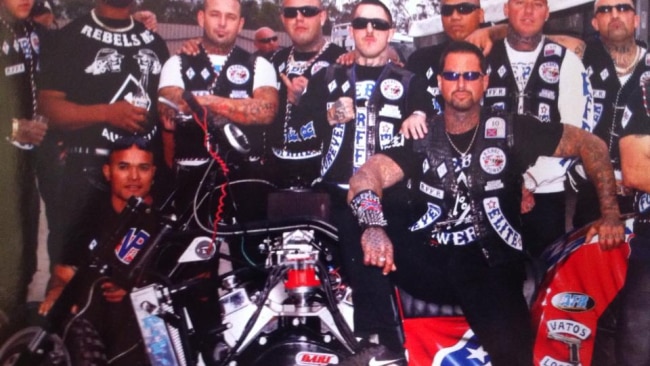Bombs, drive-bys and brawls: The rise and fall of Notorious MC
They appeared on Sydney’s criminal landscape after shooting at Jarryd Hayne at Kings Cross and were later linked to a number of public bombings, drive-bys and brawls that would see four of its members listed among eight of Sydney’s most violent men. Here’s how police shut them down.
At the height of violent clashes between Sydney’s bikie gangs, police operatives listed eight men as those with the greatest propensity for violence they needed to remove from the streets.
Four of the eight belonged to Notorious MC - a motorcycle gang that was locked in a violent turf war with the Hells Angels and Comancheros over the lucrative Kings Cross drug trade.
Shooting at Jarryd Hayne in Kings Cross in 2007 might have been their “coming out” party, but it was the aftermath of a decade-old car bombing attack on the gang’s leader that would cement Notorious as one of the most violent gangs Sydney had ever seen.
The gang was created in 2007 by associates and former members of the Nomads OMCG Parramatta chapter, which had disbanded after its Granville headquarters was bombed and club president Sam Ibrahim was sent to prison.
Ibrahim was believed to be the driving force behind Notorious — a suggestion he refuted with claims he had no connection other than knowing a few members.
“I’ve got nothing to do with Notorious — it was formed when I was in jail,” he previously told The Sunday Telegraph.
“I know people from all the gangs but I’m telling you — I have retired. I’m sick of this sh*t. I just want everyone to leave me alone.”
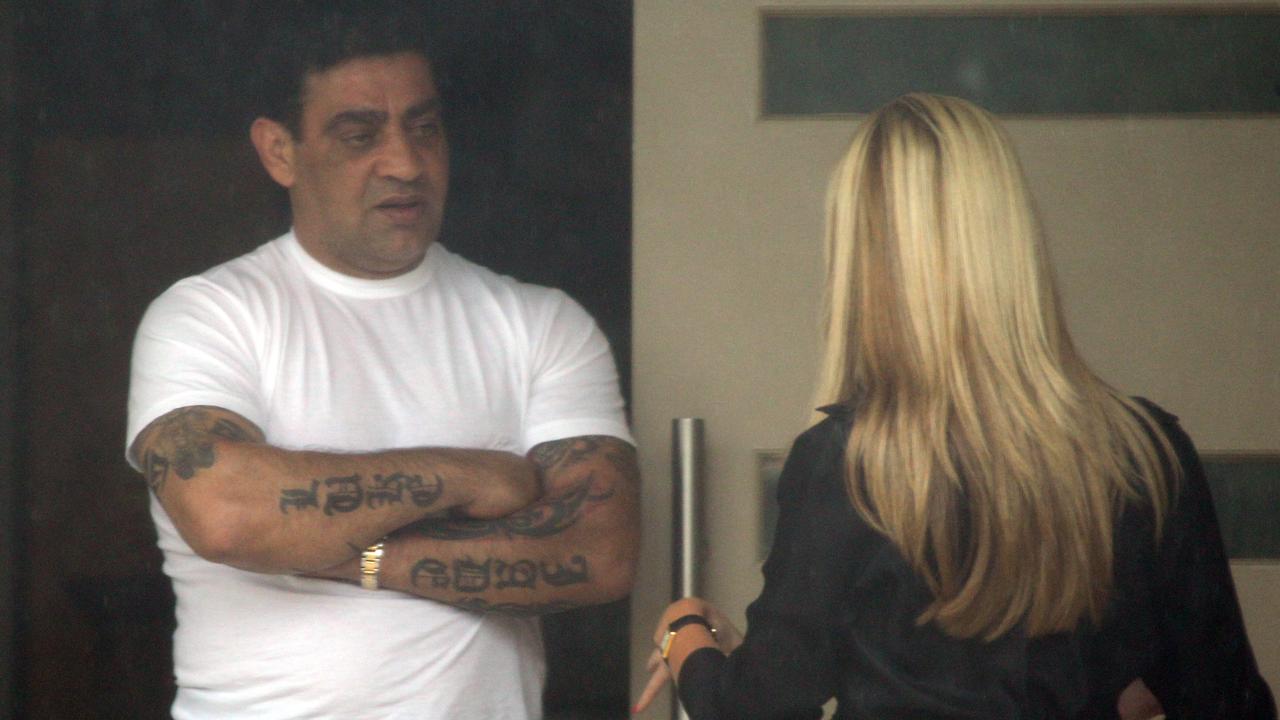
The gang’s motto was “only the dead see the end of war” and its colours featured a turbaned skeleton holding twin pistols and the words “original gangster”.
While dozens of the gang’s city-based members wore full bikie colours, only a few members of Notorious actually owned or rode motorcycles.
Members were also the first to ditch the traditional bikie appearance for Nikes, flashy gold chains, high-end designer clothing and sunglasses, and stylish haircuts.
Much of their downtime was also spent working out at the gym.
MORE BIKIE NEWS:
The meaning behind the tattoos of outlaw bikies
Bikie boss shares rules for civilians
Rebels member’s tribute to fallen bikie brother
The pseudo-bikie club was also known for recruiting teenage members — as young as 14 — from Sydney’s Middle Eastern youth gangs like the Fairfield Boyz and Assyrian Kings.
Former police officer and true crime author Duncan McNab said the gang would “get them in early and woo them with a lush lifestyle of girls, booze, drugs and cars” before gradually involving them in crimes of increasing seriousness to ensure loyalty to the club.
“[It was] quite the change from their strict upbringing … A modern take on OMCG routines,” McNab told The Daily Telegraph.
He added that members would earn “anywhere between $3000 and $10,000 per week” for minding the gang’s weapons in a secure location, dealing drugs and carrying out beatings.
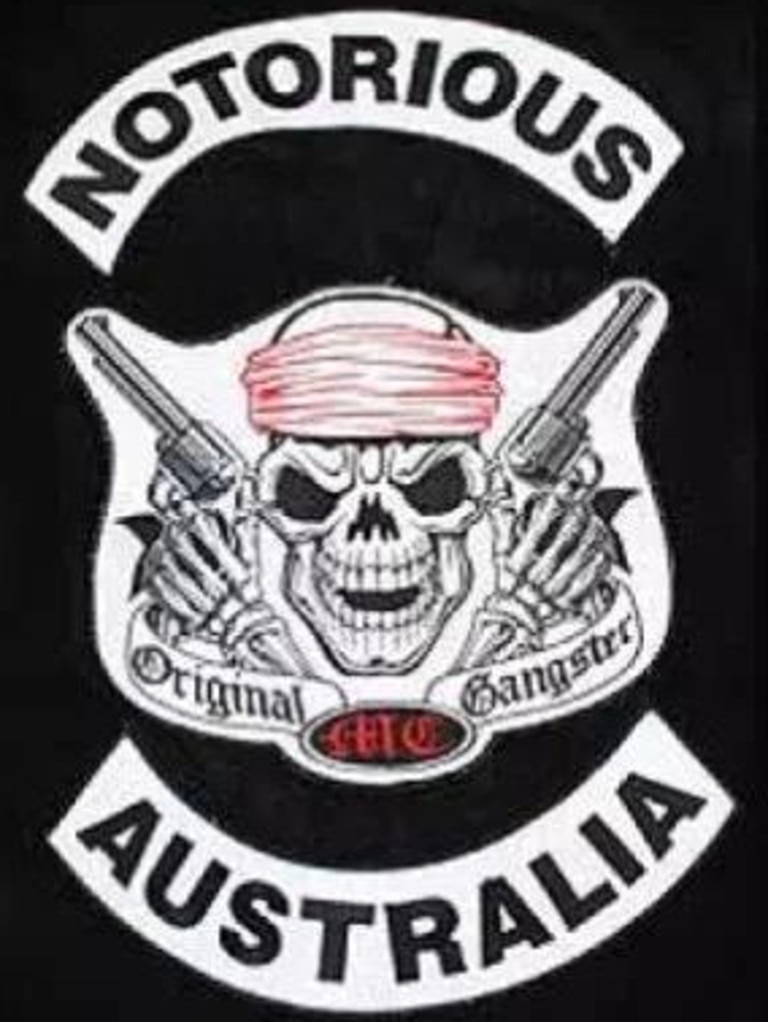
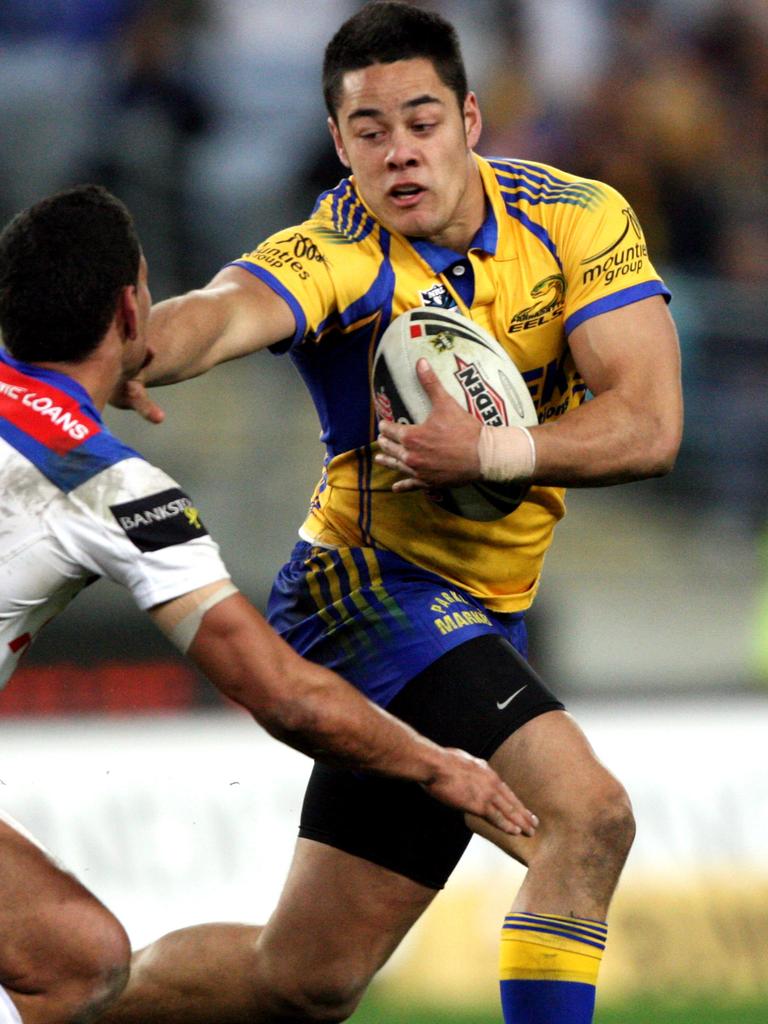
PIPE BOMBS, AN EXECUTION AND DRIVE-BY SHOOTINGS
Notorious was well and truly an established force by 2008 and was locked in the early stages of a turf war for the Kings Cross drug trade with the Hells Angels and Comancheros, which had started regularly appearing in the nightclub strip with Ibrahim locked away.
Long-term Ibrahim underling Allan Sarkis was revealed as the public head of the gang, with Sofe Levi the second-in-command.
But it was two alleged members of Notorious (aged 14 and 18) that would first make headlines after being charged with drugs supply and possession after King Cross arrests.
In July 2008, Sarkis would be the victim of an attack which saw two pipe bombs explode under his $90,000 black Jeep Cherokee, which had been parked outside his exclusive Lane Cove apartment. Sarkis was at home at the time, although no one was injured.
Senior Notorious member and strip club manager Todd O’Connor would not be so lucky, with the Kings Cross identity killed in an execution-style murder in October 2008.
The court was told O’Connor was lured to an isolated street where he was shot 10 times, with two different guns, which have never been found.
Hugo Jacobs — a man who allegedly owed O’Connor $380,000 — was charged with the murder, but was acquitted in 2011 after a jury was unable to exclude the possibility he could have been killed by a number of enemies.

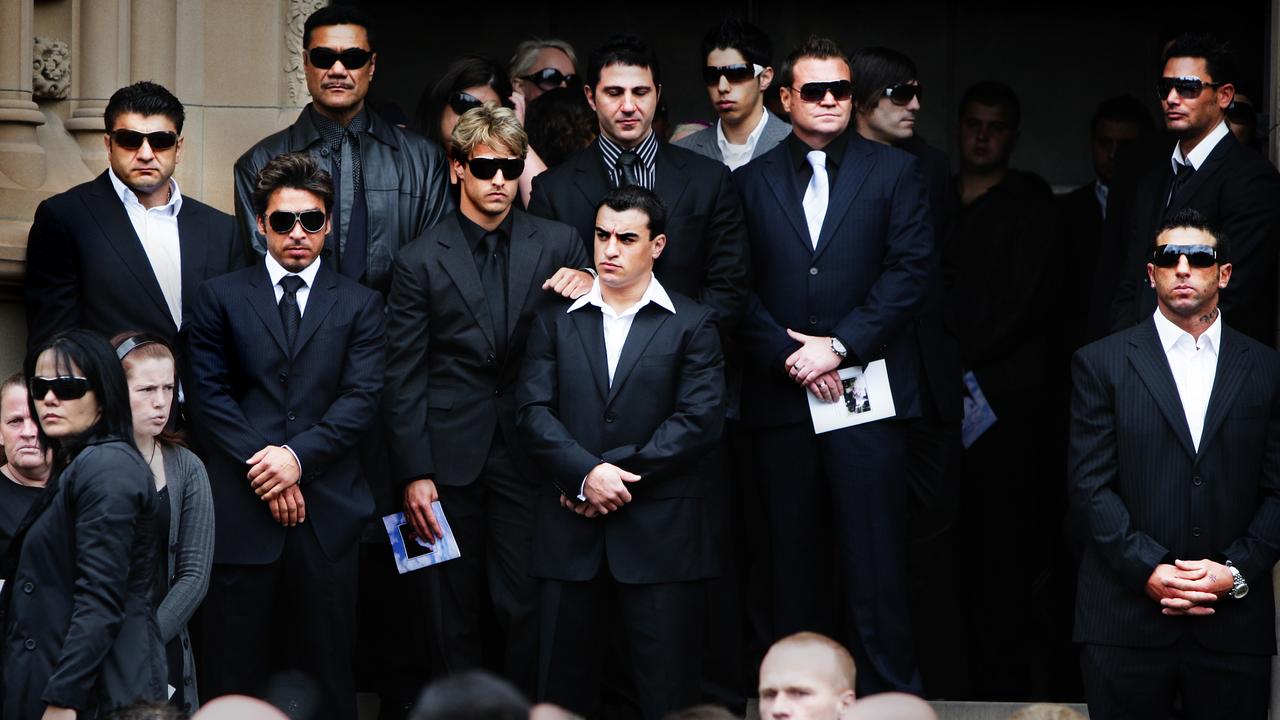
February the following year saw the Hells Angels MC Petersham clubhouse on Crystal St blown up and shots fired into a tattoo parlour on nearby Parramatta Rd.
Notorious was a prime suspect in the bombing, with suggestions it was a revenge attack for the killing of O’Connor. No charges have ever been laid.
The Hells Angels clubhouse was destroyed during the explosion, with debris littering the road, and surrounding shops also extensively damaged.
Witness Kenneth Goodman said he heard four explosions, which he figured were gunshots, then approximately two minutes after, he heard another loud explosion
“There was heaps of smoke. It smelt like a gun powder, plastic-like smell,’’ he said.

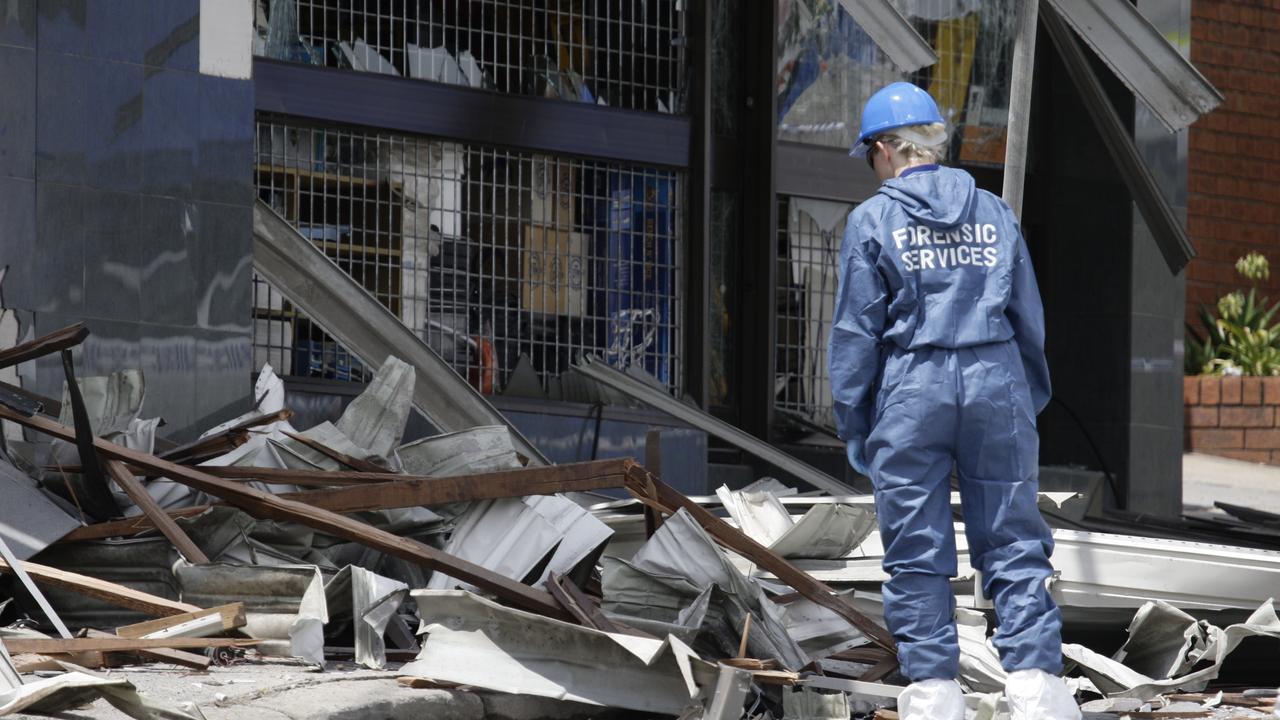
The next two months over a dozen houses were shot up across Sydney, with police linking Notorious to at least two of the drive-bys in Sydney’s west.
One of the shootings targeted a Doonside property, where two pensioners had been living.
The 64-year-old male resident believed the shooting was a case of mistaken identity, adding that his wife escaped being shot in the head by about 15cm.
“(The room) was filled with haze, smoke. I’ve never experienced anything like this before,” he said.
March 2009 also saw a homemade bomb found outside the Granville home of the head of the Bandidos’ Parramatta Chapter. Police believed Notorious were once again linked, but no charges were ever laid.
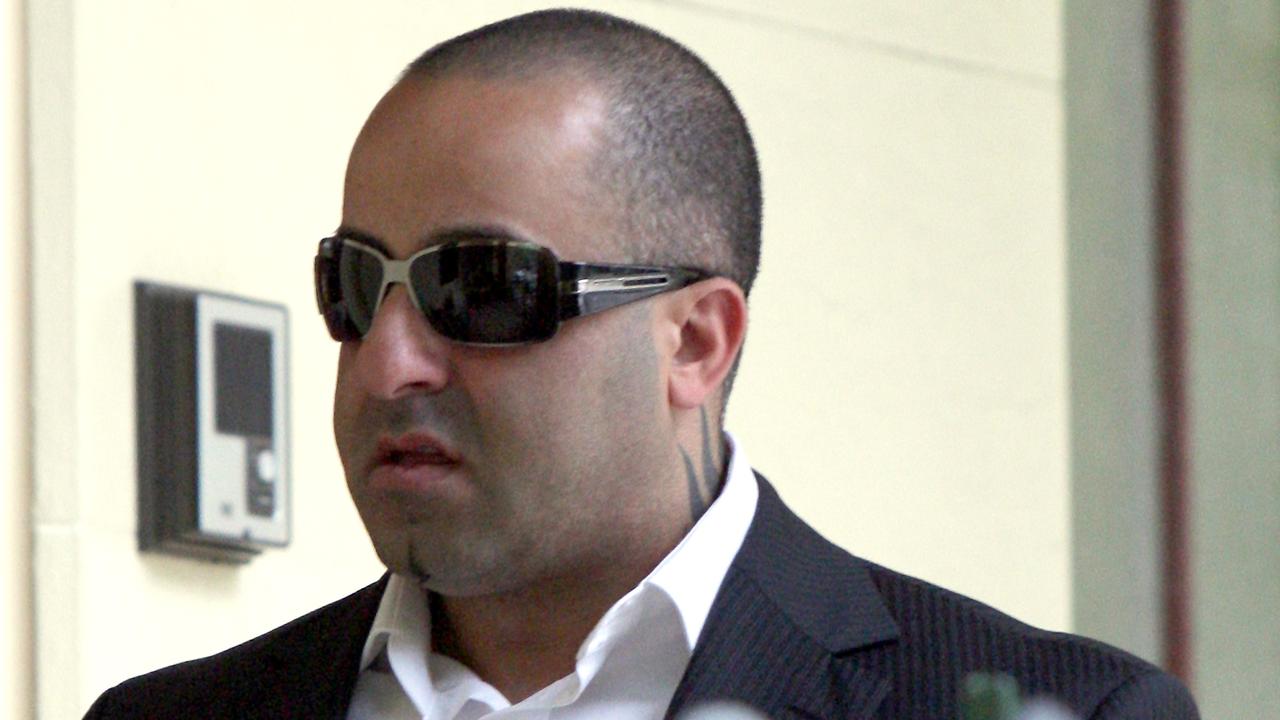
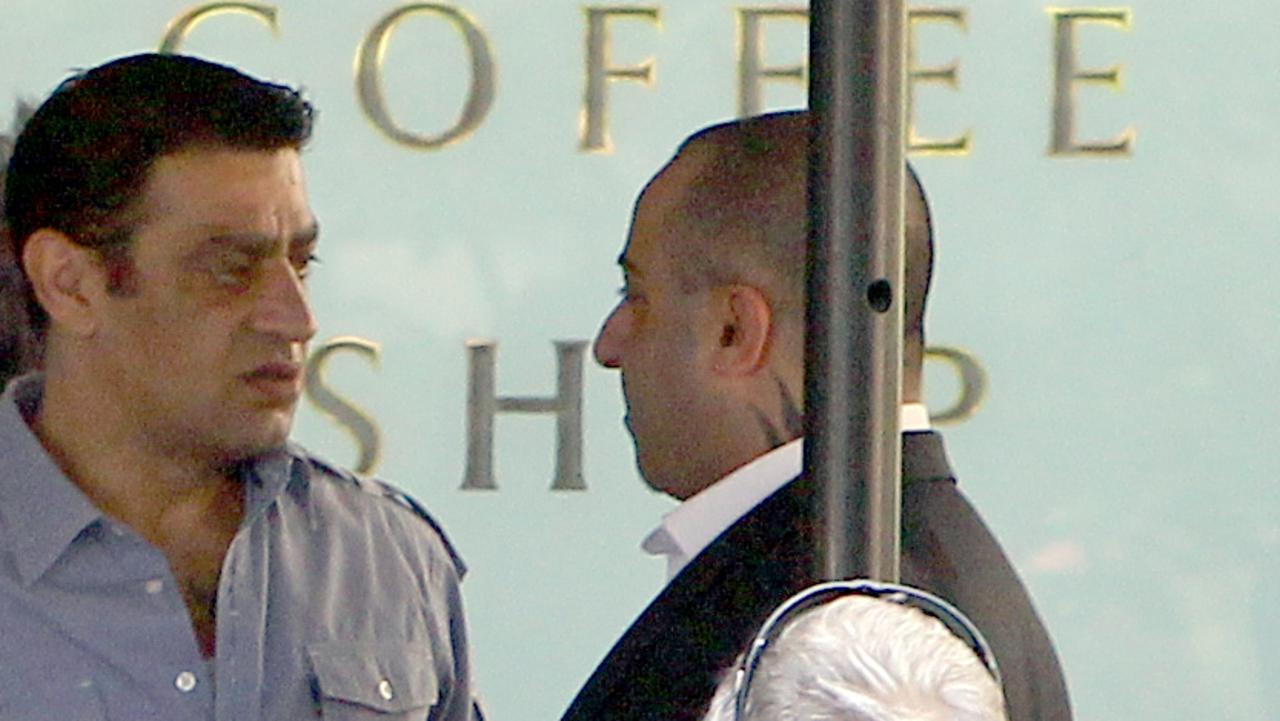
During this time, Sarkis spoke to The Daily Telegraph about the club’s reputation within Sydney’s bikie underworld.
“We’re not following anybody’s existing rules,” he said. “As far as us being the new age bikies, if that’s a problem for somebody, we don’t apologise.”
The Notorious boss added the club’s membership was growing rapidly and he didn’t have a “guilty conscience” over public fears surrounding the growing bikie war at the time.
“Australia has been used to the clubs that have been around for a while and the appearance of a new club has maybe been taken as a threat to them,” he said.
MORE BIKIE NEWS:
Son of deceased bikie boss lives lavish life
Brutal history of bikies buried at $230K site
Convicted killer calls for peace on Sydney’s streets
The bikie wars reached a tipping point after a fatal brawl at Sydney Airport on March 22, when the 29-year-old brother of a senior Hells Angels member was bludgeoned to death by members of the Comancheros, including slain bikie prince Mick Hawi.
While Notorious was not involved, within five days of the fatal airport brawl, police commissioner Andrew Scipione announced the formation of Strike Force Raptor in an effort to reduce the level of motorcycle club violence.
STRIKE FORCE RAPTOR DOESN’T STOP THE VIOLENCE
There might have been a new bikie taskforce, but the violence didn’t stop.
In June 2009, John Ibrahim’s brother Fadi was gunned down in the front seat of his Lamborghini outside his home.
Notorious leader Allan Sarkis had dined with Fadi in Rose Bay’s exclusive Catalina restaurant just hours before the near-fatal shooting, which remains unsolved, and was seen talking with John Ibrahim inside Royal North Shore Hospital as he awaited news of his condition.
There is no suggestion Sarkis had anything to do with the shooting.
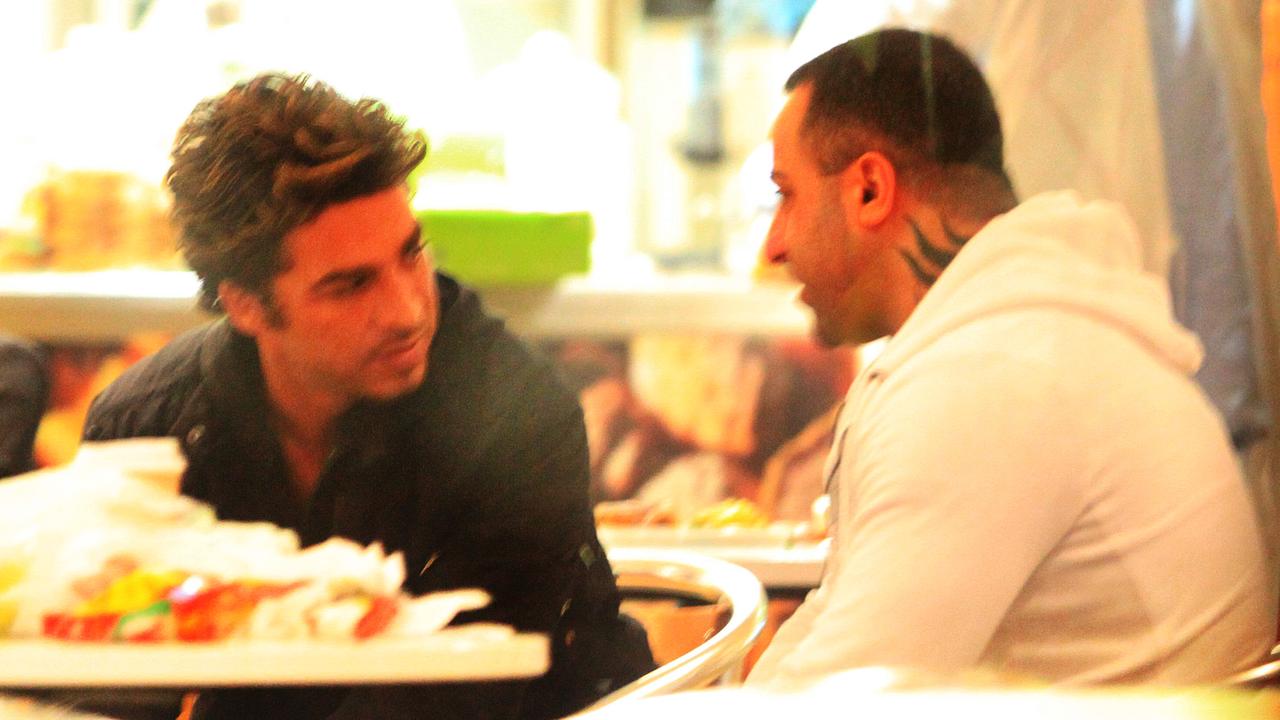
The gang would remain quiet for a couple of months before Sarkis and Notorious 2IC Sofe Levi appeared in the public eye again in October 2009.
The pair were charged alongside junior Notorious member Kelepi Kolopeaua over the bashing of four men outside Darlinghurst’s Dragonfly nightclub the month earlier.
By May the following year, the gang would make headlines again after Notorious member Jihad Murad and his girlfriend became the victims of a brazen drive-by shooting.
The couple had been driving in Blacktown when a white sedan pulled up alongside them and fired 12 bullets into their car. Neither Murad or his girlfriend were hit.
Police believed the shooting was committed by those associated with the Comancheros, whose city crew was still involved in a violent feud with Notorious.
One month later, a man wearing a Notorious jumper was charged with attempted murder after stabbing a man outside a tattoo parlour owned by the victims family. Attacker, Hameed Ullah Dastagir, was later sentenced to 10 years prison for the stabbing.
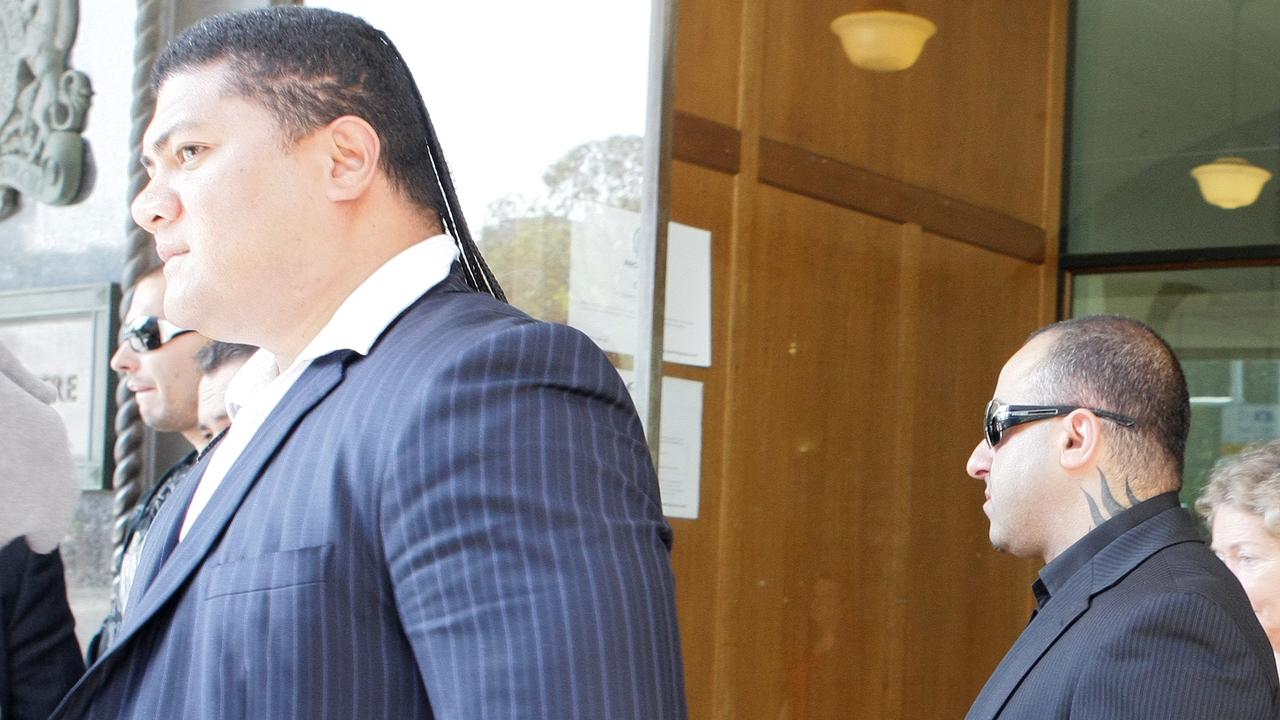
More than 12 months after the violent incident outside the Dragonfly nightclub, Sarkis, Levi and Kolopeaua faced sentencing for the attack in October 2010.
The trio pleaded guilty to affray and assault occasioning actual bodily harm and narrowly avoided jail.
Sarkis and Levi were given 12-month suspended jail terms, while Kolopeaua got 15 months.
The sentencing didn’t stop the violence with another shooting and bombing in the coming months.
In November 2010, Notorious sergeant-at-arms Saber Murad was shot at his Doonside home by a gunman believed to be a Comanchero. He was hit in the thigh and groin but survived.
And in December 2010, the Coogee Ink tattoo parlour owned by Comanchero MC President Daux Ngakuru and Mark Buddle was bombed in what was believed to be a revenge attack by Notorious MC.
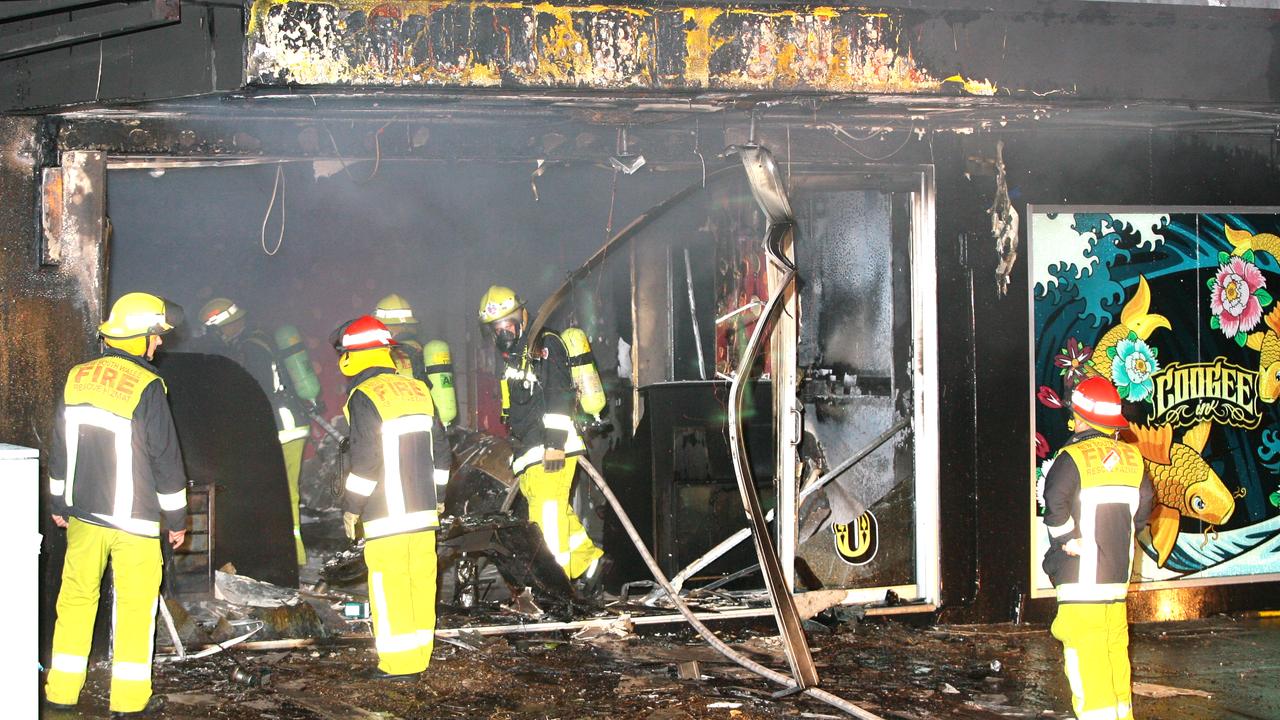
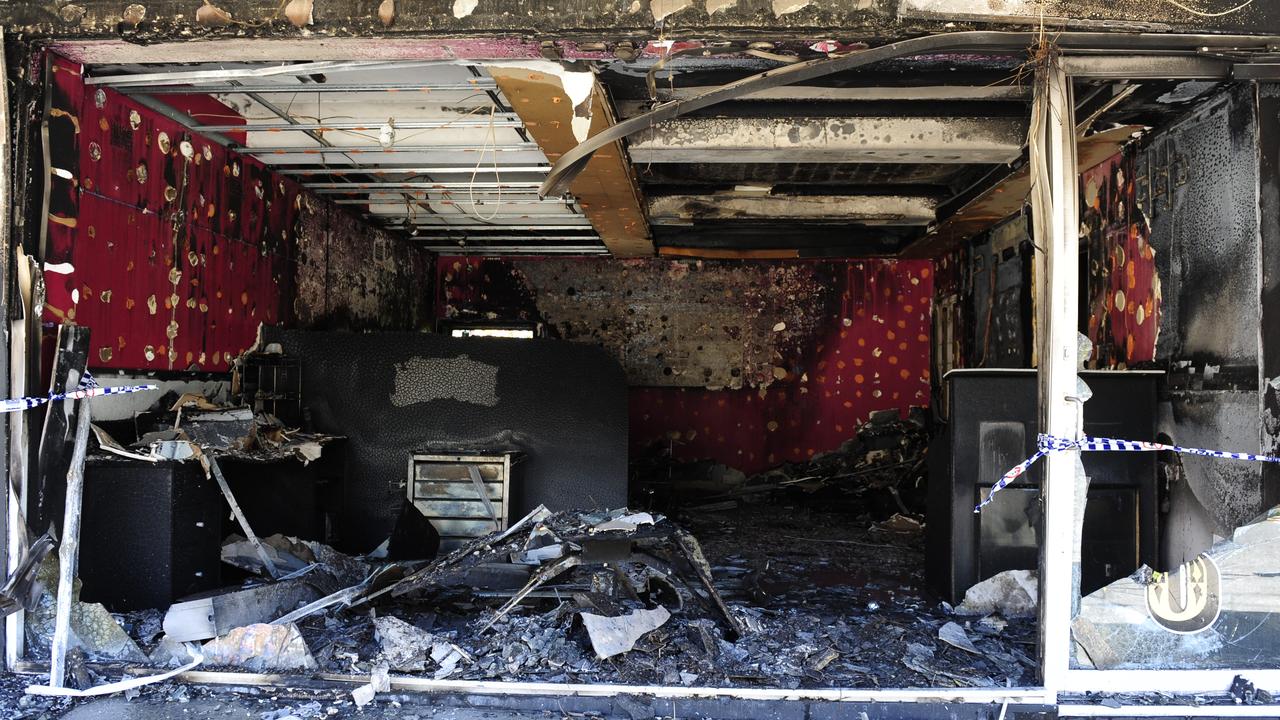
When Strike Force Raptor started in 2009, they reviewed the OMCG environment and identified the gang members who had the greatest propensity for violence.
At that time, four of the top eight were Notorious members.
As a result, the whole gang was pro-actively targeted in an attempt to dismantle the leadership and organisational structure of Notorious.
The blitz saw the four main contributors of Notorious in custody by mid-2011, with the gang considered dismantled by 2012.
Notorious’ Sergeant-At-Arms Jihad Murad and his brother Saber - who filled his brother’s position in the gang while Jihad was in custody - were also identified as non-citizens as part of investigations.
This resulted in Saber being deported in June 2016, with Jihad to be deported one his current jail sentence has been served.
On a wider scale, Strike Force Raptor arrested 1696 bikies who were charged with 3857 offences including riot and affray, assault causing grievous bodily harm, assaulting police and manufacturing prohibited drugs in the three years that followed its formation.
Police also seized 387 firearms, $2.2 million in cash and illegal drugs, and put four clandestine laboratories out of business during the same period.
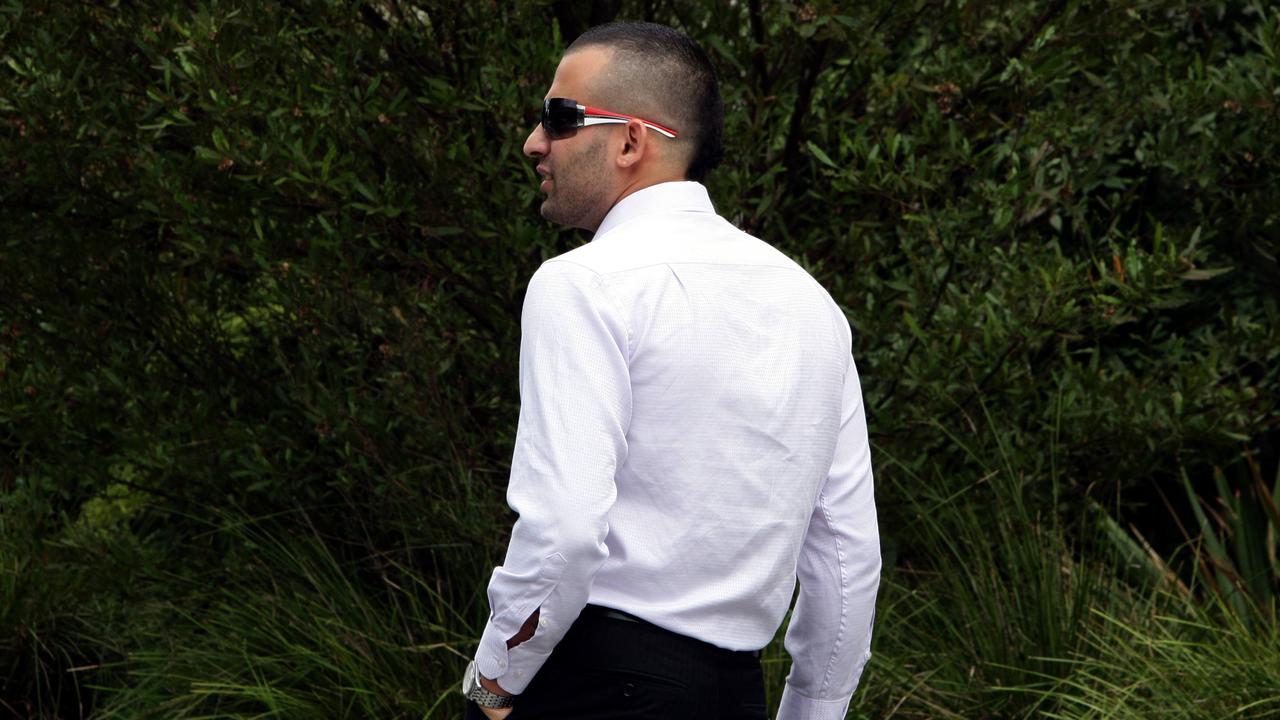
Criminal Groups Squad Commander Detective Superintendent Deborah Wallace said taking Notorious MC off the streets had proved the effectiveness of Strike Force Raptor, while acting a strong message for bikie gangs still in operation across the city.
“The heat has been turned up for some time now and the results speak for themselves,” she told The Daily Telegraph.
“We will use our full arsenal of capabilities to take every opportunity to proactively target those committing criminal offences.”
Former cop Duncan McNab likened Notorious’ run at the top to a pop music group with a one-hit wonder.
“Notorious were set up to run the Cross and didn’t quite work out. They lacked the connections, infrastructure, discipline and leadership to succeed,” he said.
SPECIAL INVESTIGATION
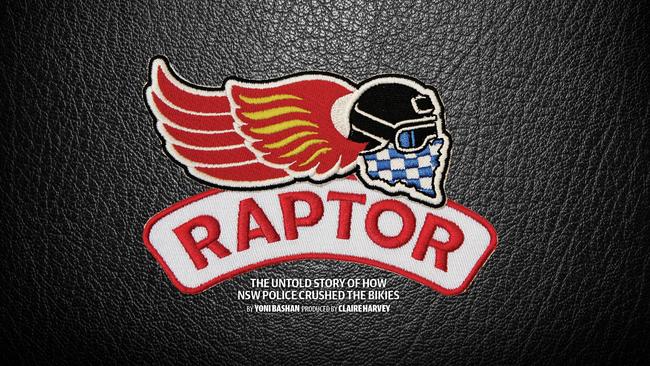
► CHAPTER ONE: Inside the squad that beat Sydney’s gangs
► CHAPTER TWO: The real-life police fight club


